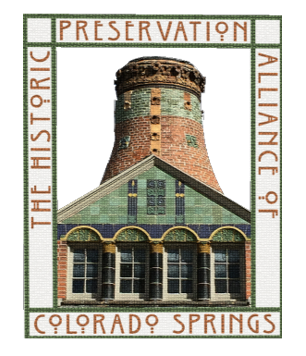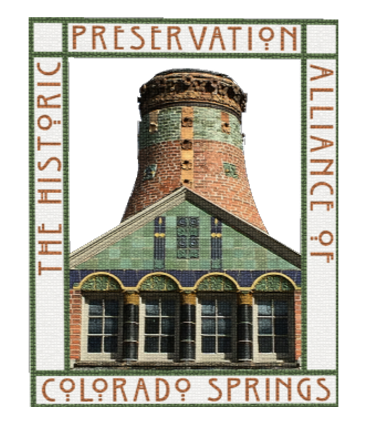
Our member supported non-profit organization has grown over the past 25 years since our launch in 1999 to become the leading voice for historic preservation in the Pikes Peak region through advocacy, education, events and strategic alliances.
Copyright @2023 The Historic Preservation Alliance of Colorado Springs, All Right Reserved

